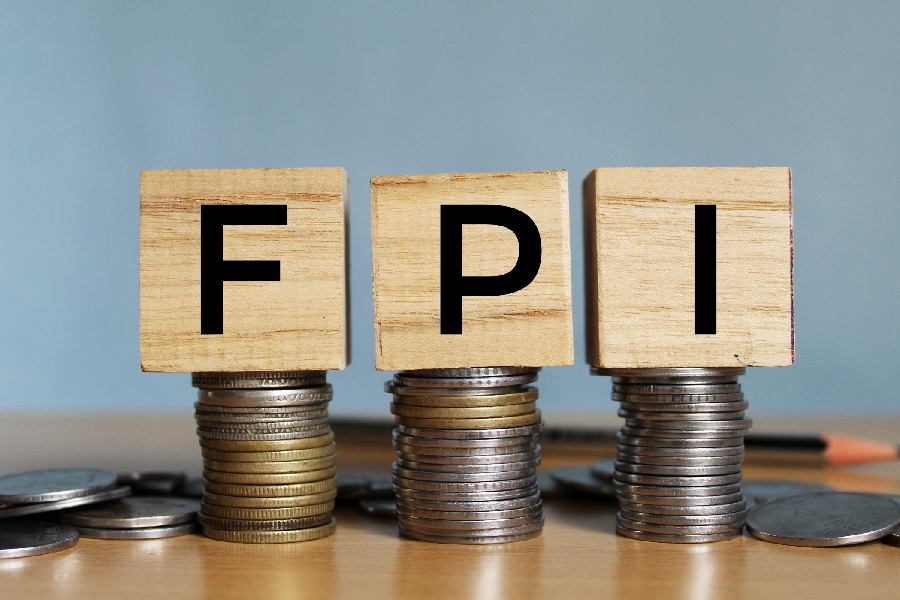Today is National Absinthe Day, the day of the Green Fairy in the United States of America. Celebrated by artists for centuries, this verdant green, anise-flavoured liquor has long been the drink believed to open the mind to creative possibilities. The romantic images that absinthe evokes — of a Wildean world of decadence in the garrets of the Latin Quarter of France where artists drunk on this addictive hallucinogen aspired to poetic greatness — had perhaps been on James Joyce’s mind when he was writing Ulysses. What else can explain Stephen Dedalus’s choice to drink absinthe in an Ireland where ordering the right spirit was a politically charged affair — many a skirmish has been sparked over the choice of Jameson’s, a Dublin whisky, over Bushmills, a northern whisky. What is more, absinthe would have been difficult to find in Ireland and is likely to have been more expensive than whiskey, the Irishman’s drink of choice.
Absinthe first became popular in the 1830s as fever medication for the French troops in the Algerian war. The returning veterans brought their taste for the drink back to the working-class cafés around Montmartre and the Latin Quarter where, because of its high alcohol content and low cost, it quickly became popular with impoverished artists. The use of the drink as a symbol in art started with The Absinthe Drinker, an 1859 portrait by Édouard Manet — a pivotal figure in the transition from Realism to Impressionism. Since this painting marked Manet’s break from the academic rigours of the Academy and its classical style, absinthe itself became a symbol of the modernist ethics, according to the French sociologist and philosopher, Pierre Bourdieu.
This idea of radical disruption is what appeals to Dedalus — and, by extension, to Joyce — who takes great care to nurture the perception of him being an anarchist and an outsider. When Dedalus yells, “[a]bsinthe for me”, in an Irish pub and tries to pepper French liberally into his conversation, he is trying to draw attention to himself, to set himself apart from the rest. In the chapter, “Proteus”, he self-consciously acknowledges his adopted artistic affectations saying, “God, we must simply dress the character.” Absinthe, then, becomes not just a marker of Dedalus’s bohemianism, enmeshing him in the tradition of decadence, but also a marker of his impressionability and, indeed, pretentiousness.
Just as Dedalus’s behaviour and self-styled isolation set him apart from his milieu, the French ‘absinthier artist’ tried to take a position of separateness from society that was supposed to help in creating artistic distance. Henri de Toulouse-Lautrec, for instance, was known for carrying a flask full of absinthe — critics even attribute his exotic choice of colours and the isolation of his subjects to his absinthe-induced state. The poet, Paul Verlaine, whose name became synonymous with the spirit, also cemented the image of the absinthe drinker as a decadent poetic outcast — he spent part of his life begging for absinthe outside the cafés of Paris and writing poems. But perhaps the greatest influence on Joyce was that of Oscar Wilde, whose use of opium-laced cigarettes and absinthe became markers of his licentious Otherness.
Joyce believed that an isolated existence, exiled from society — as was the case with outcasts like Verlaine and Wilde — was necessary to portray life realistically. Artists like Wilde, Toulouse-Lautrec, or even the French poet, Arthur Rimbaud, who relied on absinthe to gain artistic apotheosis or epiphany, knew that this state would come at the cost of happiness, friendship, sanity and even life itself given the power of raw absinthe — at times containing as much as 85 per cent alcohol. Joyce, then, used absinthe as a loaded signifier, one that held historical connotations of disruption, individualism, isolation and exile — the most potent nexus of modernist traits if ever there was one.











